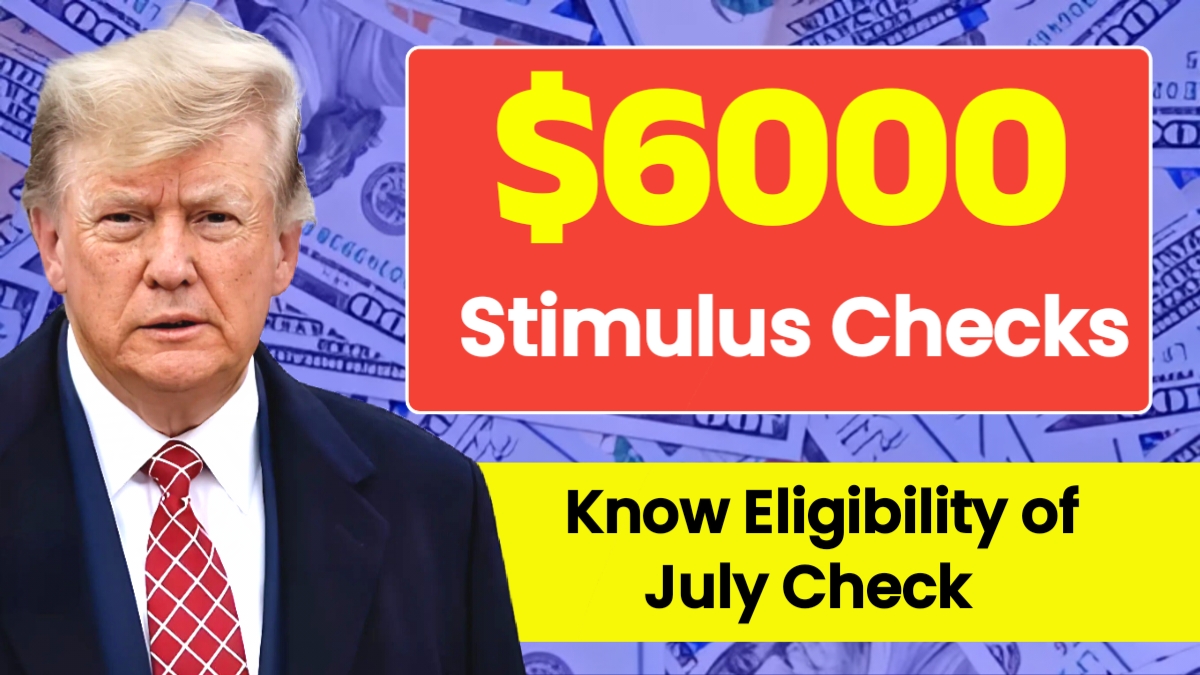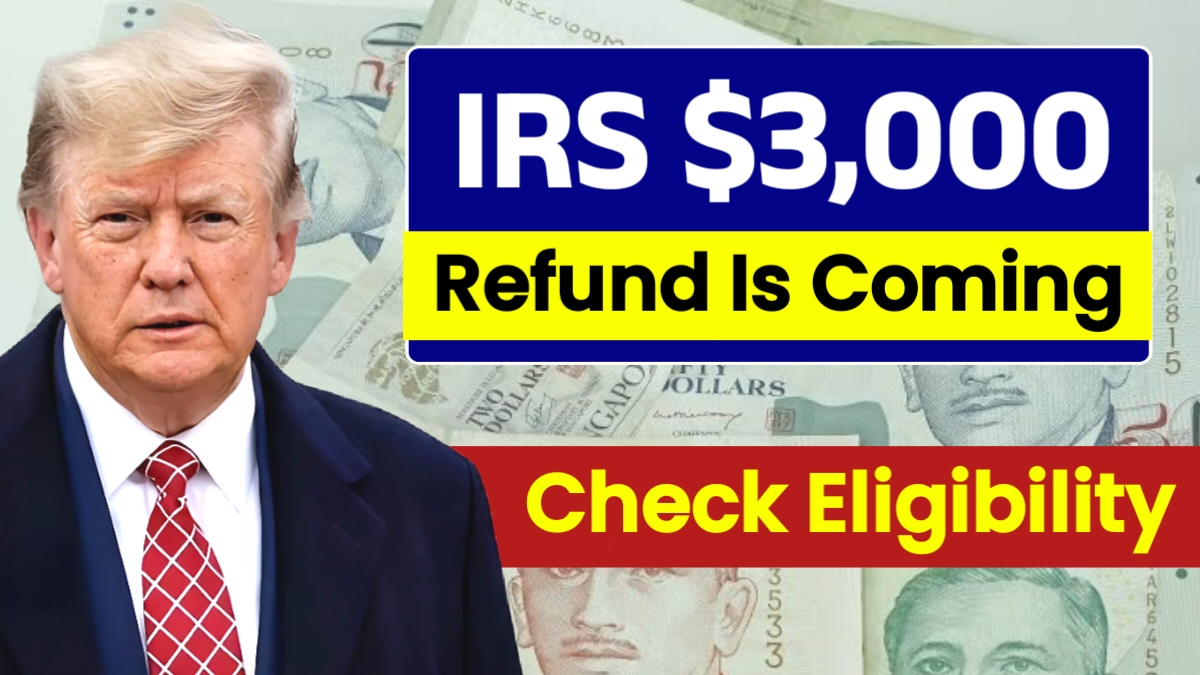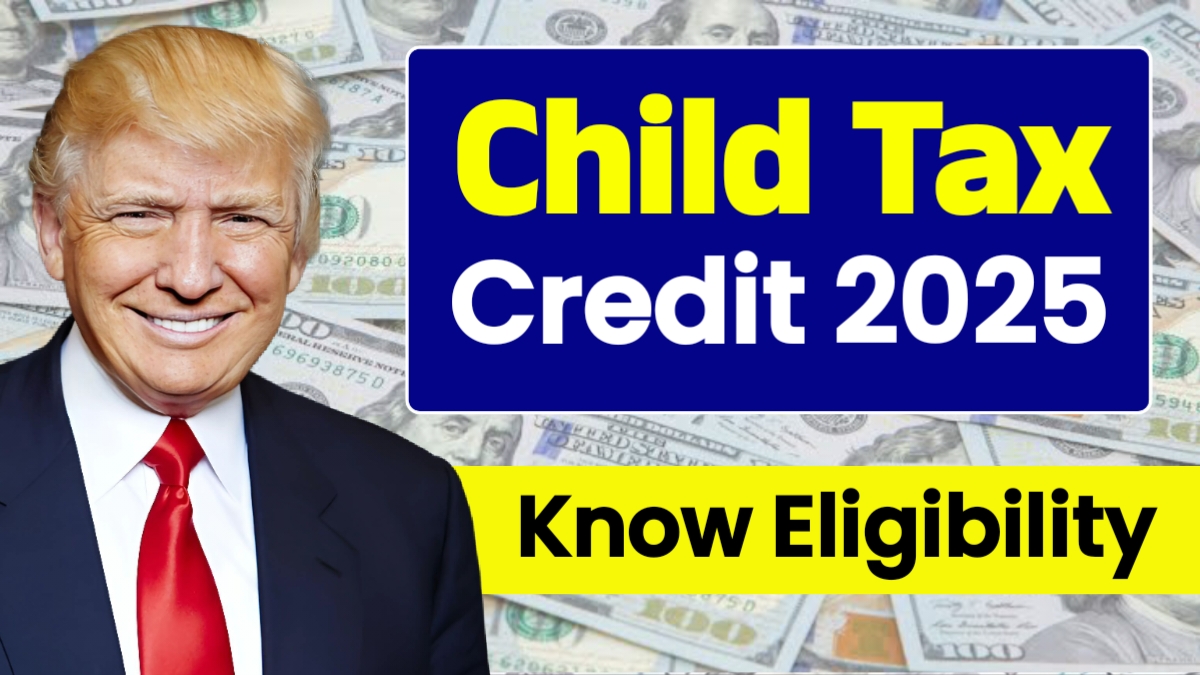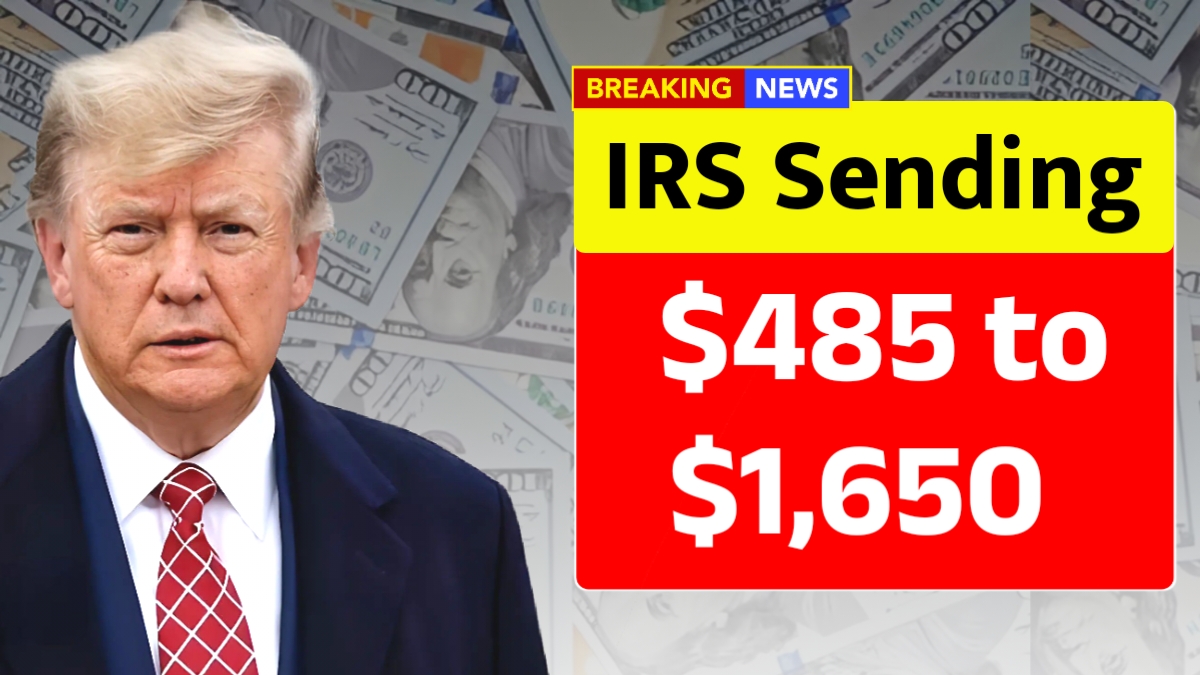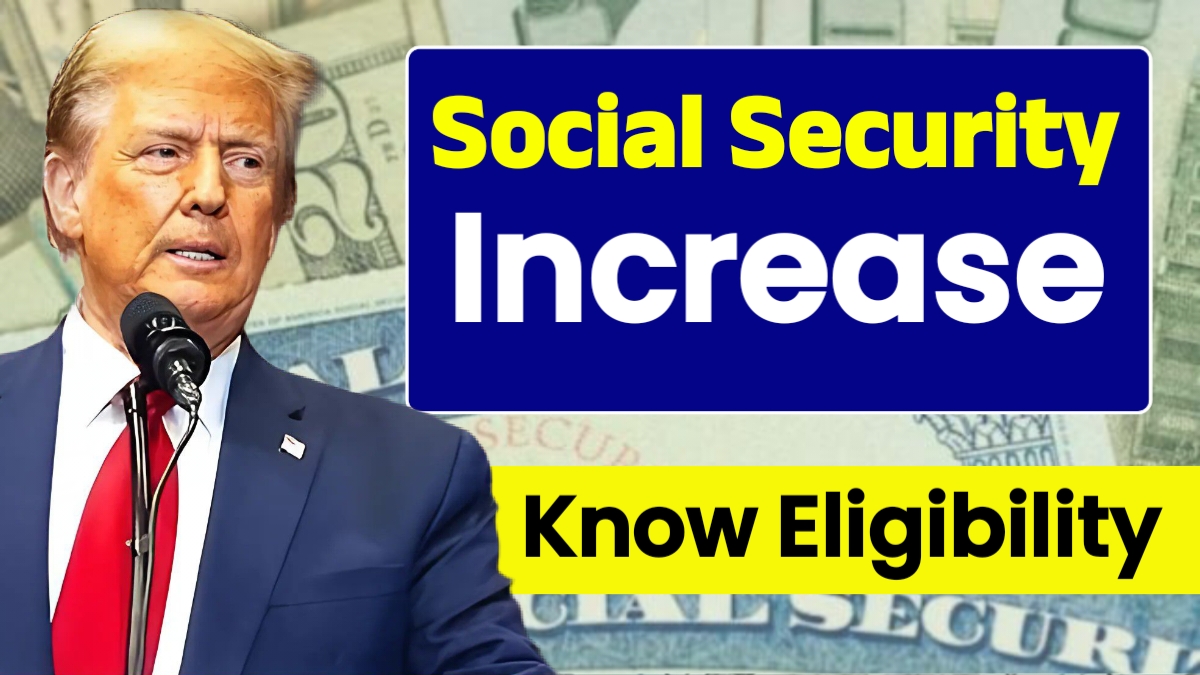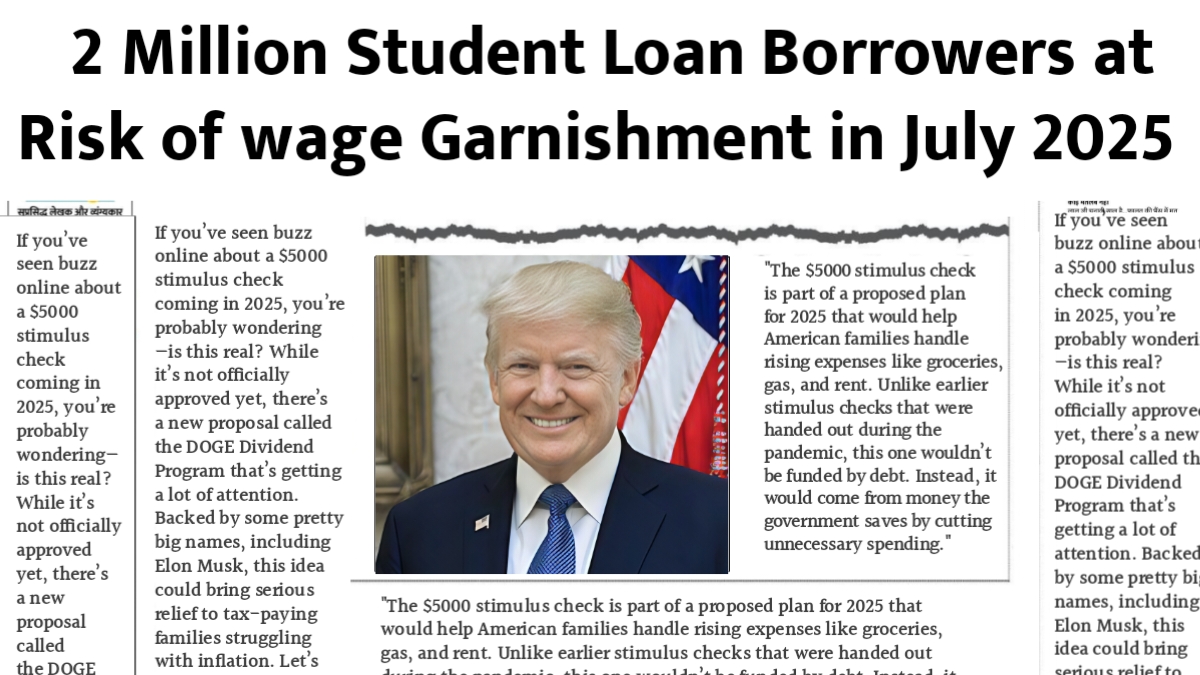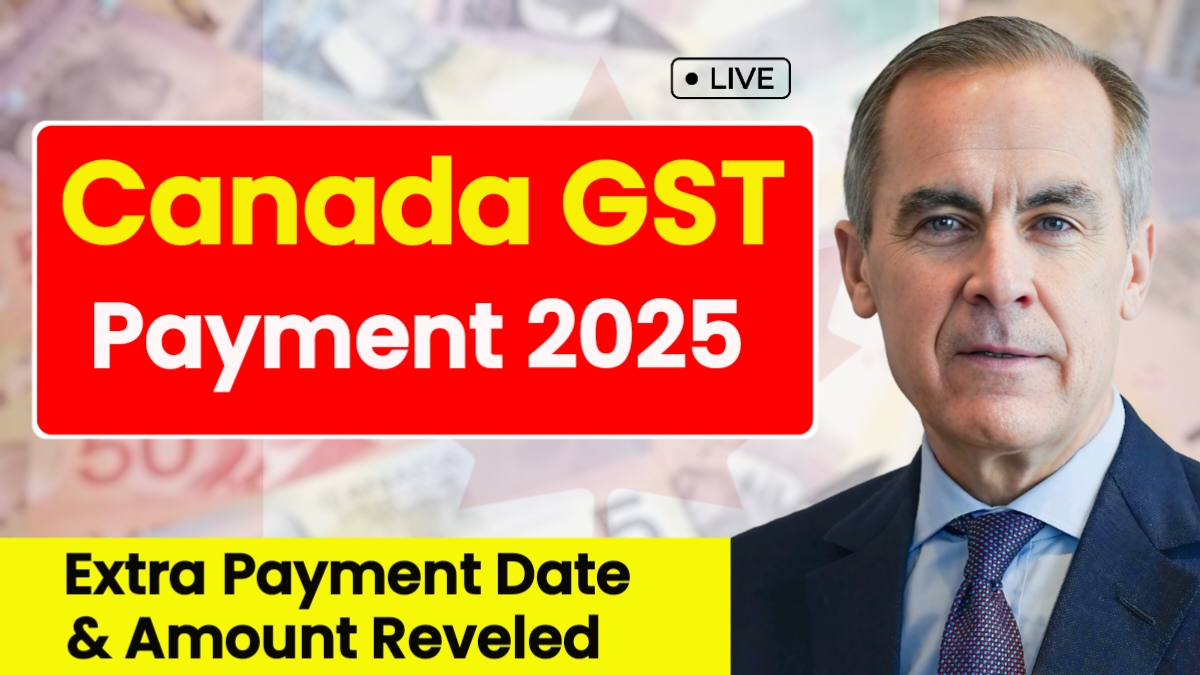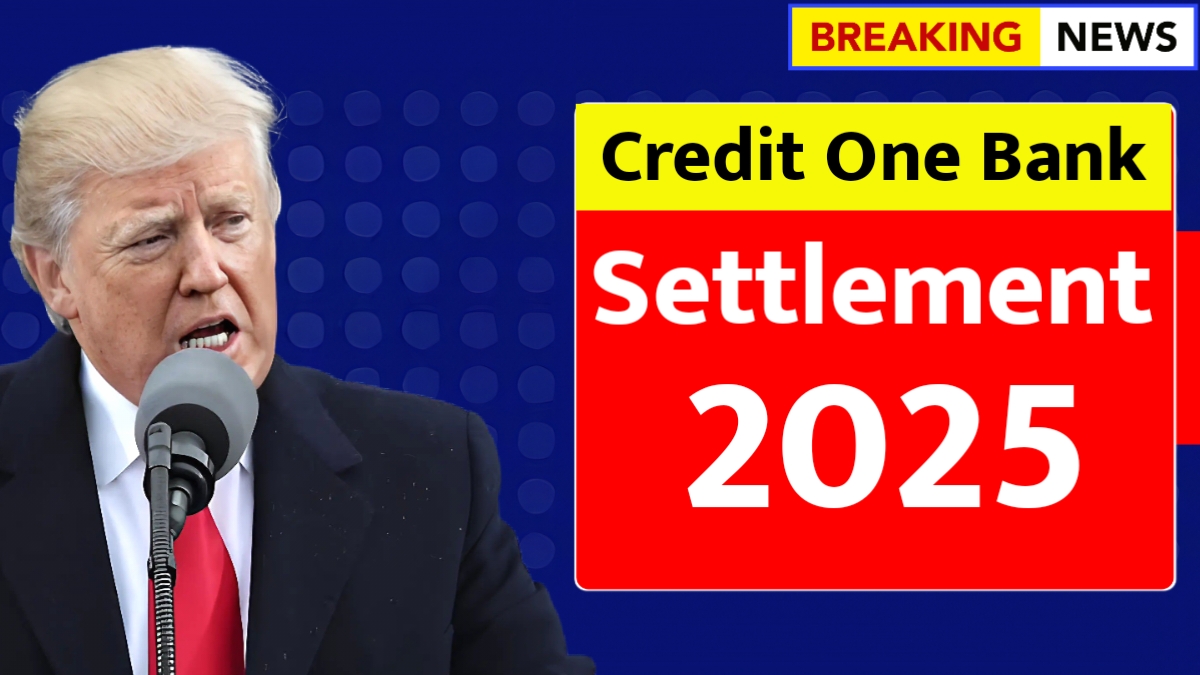In July 2025, several U.S. states are moving forward with $6,000 stimulus programs aimed at helping residents facing financial hardship. Unlike the one-time federal checks provided during the pandemic, this round of stimulus is structured as a monthly income support program—offering $500 per month over a 12-month period. These recurring payments are part of a broader guaranteed income initiative introduced by select states to support low-income families, seniors, and individuals affected by inflation, housing costs, and economic instability.
What Is the $6,000 Stimulus Program?
The $6,000 stimulus is not a single lump sum. Instead, eligible residents receive $500 every month for an entire year. This approach offers consistent financial assistance, providing people with more stability than a one-time payout. The program is often referred to as a state-based guaranteed income pilot, where funds are directed to households most at risk of falling behind on basic expenses.
Where Is This Program Available?
This is not a federal initiative; it is state-led. Several states and cities are currently participating, including California, Michigan, Illinois, and Washington. Each program is run independently, and the rules for eligibility, application, and payment dates differ depending on where you live. Some states have capped enrollment, while others continue to expand access based on available funding.
Who Qualifies for the $6,000 Checks?
While requirements vary by location, most programs prioritize low-income individuals and families who meet specific criteria:
- Must be a permanent resident of a participating state
- Must have an income below a certain threshold (usually under $50,000 for individuals or $75,000 for families)
- May be required to participate in public benefit programs like SNAP, Medicaid, or SSI
- Often limited to specific age groups (e.g., seniors 60+), caregivers, or residents with disabilities
- Must provide proof of residency, income, and identification
Some programs also give priority to single-parent households, formerly incarcerated individuals, or people living in areas with high poverty rates.
How Are the Payments Distributed?
Participants approved for the program typically receive their payments through direct deposit into a registered bank account. Some states also offer prepaid debit cards or mailed checks for those without access to banking services. Payments begin within weeks of application approval and continue monthly unless the recipient becomes ineligible.
Payment delivery methods may include:
- Direct bank transfer
- Prepaid reloadable debit cards
- Paper checks (less common)
Recipients are usually notified about upcoming payments via email or official letters from state agencies.
What Can the Funds Be Used For?
There are no restrictions on how the $500 monthly payments can be used. These funds are designed to support general living expenses. Based on earlier pilot studies, recipients typically use the funds for:
- Rent or mortgage payments
- Groceries and household essentials
- Childcare and school-related costs
- Utility bills
- Health care or prescription expenses
- Transportation and commuting
Because the funds are considered supplemental, they are not typically taxed or counted against other benefit programs—though rules may vary slightly by state.
How to Apply for the Program
Not all states require an open application process—some programs select participants randomly or through invitation. For those with application-based entry, the general steps include:
- Checking your state or city’s eligibility criteria
- Completing an online application or registration form
- Submitting income verification documents and proof of residence
- Waiting for approval confirmation
- Selecting your preferred payment method
Once accepted, most recipients do not need to reapply monthly, but they may be required to submit periodic updates to confirm continued eligibility.
Why Is This Different from Previous Stimulus Payments?
The $6,000 stimulus initiative is significantly different from the federal stimulus checks provided in 2020–2021:
- Monthly vs. One-time: Instead of a one-time payment, it spreads the benefit over 12 months
- State-Driven: Managed and funded at the state or local level, not by the IRS
- Means-Tested: Focused on those in economic need, rather than general population eligibility
- Pilot Model: Many programs are still considered trial efforts, with the goal of assessing long-term economic benefits
What If You’re Already on Public Assistance?
Most programs are designed to complement, not replace, existing benefits. In fact, being on SNAP, SSI, or Medicaid may increase your chances of qualifying. However, you should verify whether your state excludes these stimulus payments from income calculations for other benefits. This is important to avoid unexpected disruptions in food stamps or housing support.
Can You Still Qualify If You Are Unemployed?
Yes. Many applicants are either unemployed or underemployed. As long as your income falls within the qualifying range and you meet other requirements, being jobless does not disqualify you. In fact, several programs are specifically intended to assist individuals who lost jobs due to illness, caregiving responsibilities, or economic downturns.
Common Reasons for Disqualification
While each program is unique, common reasons why applicants may be rejected include:
- Exceeding income thresholds
- Incomplete or inaccurate application details
- Failure to prove residency or identity
- Submitting after the application deadline
- Already enrolled in a similar pilot income program
Always ensure that your documentation is accurate and submitted on time to avoid missing out.
How Long Will These Programs Last?
Most current programs are scheduled to run through 2025 or early 2026, depending on when payments start. The future of these programs will depend on funding availability, political support, and the results of impact assessments. In states where pilot programs are successful, there is growing support to expand or make them permanent.
Final Thoughts
The $6,000 stimulus program for July 2025 offers real financial relief for people who need stability the most. Its monthly structure provides ongoing support rather than a one-off payment, making it more effective for managing regular household costs. While not federally available, many state residents can benefit if they apply early, meet the requirements, and stay informed about changes. As inflation continues to impact low-income households, programs like this provide a critical safety net.
Disclaimer
This article is intended for informational purposes only. Eligibility criteria, payment schedules, and program availability vary by state and may be subject to change. For official guidance and updated information, individuals should consult their state’s human services or benefits department.
FAQs:
Who is funding the $6,000 stimulus program?
These payments are funded by individual states through a mix of public grants, private partnerships, and budgeted social assistance funds. They are not part of a federal IRS initiative.
Is there a deadline to apply for these stimulus payments?
Yes. Most states set a cutoff date for applications or close enrollment once funding limits are reached. It’s important to apply as early as possible.
Can receiving this payment affect my SNAP or Medicaid benefits?
In most cases, the stimulus payment is excluded from income calculations, but rules differ by state. It’s best to confirm with your local benefits office.
What if I don’t have a bank account?
Some states offer alternative payment options like prepaid cards or paper checks for residents without banking access.
Are these payments available in all 50 states?
No. Only select states and cities are currently offering this program. You must reside in a participating area to be eligible.
